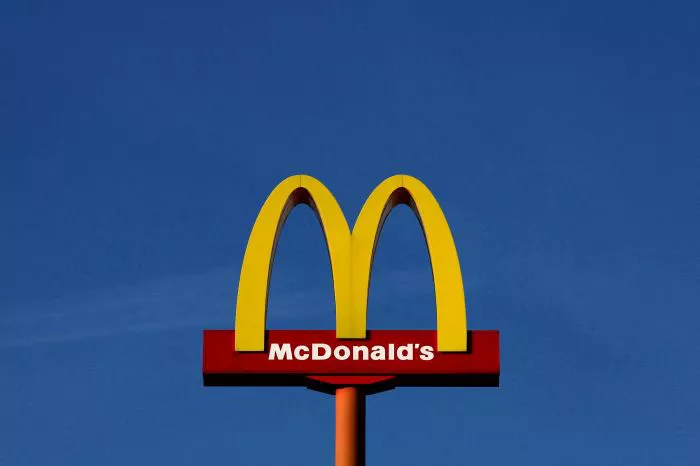McDonald’s, as one of the world’s largest and most iconic fast-food chains, has a distinct production orientation that is shaped by its operational model, business strategy, and customer focus. Understanding McDonald’s production orientation involves examining how the company designs its processes, manages its resources, and delivers its products to meet customer demands efficiently and consistently. In this article, we’ll explore McDonald’s production orientation in detail, focusing on its key characteristics, strategies, and implications for the company’s success.
Overview of McDonald’s
McDonald’s Corporation, founded in 1940 by Richard and Maurice McDonald, is a global fast-food chain known for its hamburgers, french fries, and other quick-service menu items. The company operates over 39,000 restaurants in more than 100 countries, serving millions of customers daily. McDonald’s success is attributed to its efficient operations, standardized menu offerings, and strong brand recognition.
Production Orientation
Production orientation, also known as production concept, is a business philosophy that prioritizes efficiency in the production process and focuses on maximizing output. This orientation is characterized by a company’s emphasis on streamlining operations, reducing costs, and increasing productivity. For McDonald’s, the production orientation is evident in several key aspects of its business model:
Standardized Menu and Processes:
McDonald’s follows a standardized menu across its global locations, offering consistent food items that are easy to produce and replicate. This approach allows the company to achieve operational efficiency and maintain quality control.
Mass Production and Economies of Scale:
McDonald’s leverages mass production techniques to meet high demand efficiently. By producing large quantities of standardized food items, the company benefits from economies of scale, reducing per-unit costs and maximizing profitability.
Efficient Supply Chain Management:
McDonald’s maintains a sophisticated supply chain network to ensure timely delivery of ingredients and supplies to its restaurants. This streamlined supply chain minimizes disruptions and optimizes inventory management.
Labor Optimization and Training:
McDonald’s invests in employee training and development to enhance productivity and efficiency. Standardized procedures and workflows enable employees to perform tasks quickly and accurately, contributing to overall operational effectiveness.
Key Characteristics of McDonald’s Production Orientation
Consistency and Quality Control:
McDonald’s places a strong emphasis on maintaining consistent product quality across all locations. Standardized recipes, cooking procedures, and ingredient specifications are meticulously followed to ensure customer satisfaction.
Speed and Convenience:
Speed and convenience are hallmarks of McDonald’s production orientation. The company’s fast service model is designed to serve customers quickly, catering to the needs of busy consumers seeking on-the-go meals.
Cost Management:
McDonald’s adopts cost-effective strategies to minimize production costs while maximizing profitability. This includes optimizing ingredient usage, minimizing waste, and negotiating favorable supplier contracts.
Continuous Improvement:
McDonald’s continuously evaluates and refines its production processes to enhance efficiency and competitiveness. The company invests in technology, automation, and operational innovations to drive continuous improvement.
Strategies Supporting McDonald’s Production Orientation
Just-in-Time Inventory:
McDonald’s uses a just-in-time inventory system to minimize excess inventory and reduce storage costs. This strategy helps maintain freshness and minimize waste.
Technology Integration:
McDonald’s embraces technology to streamline operations and enhance customer experience. Self-service kiosks, mobile ordering apps, and automated cooking systems improve efficiency and order accuracy.
Menu Innovation with Efficiency in Mind:
Despite offering a diverse menu, McDonald’s introduces new menu items that align with its production capabilities. This ensures that new offerings can be efficiently integrated into existing operations.
Implications for Business Success
McDonald’s production orientation has significant implications for its business success:
Operational Efficiency: By focusing on production efficiency, McDonald’s achieves cost savings and maintains competitive pricing, driving profitability.
Customer Satisfaction: Consistent quality and speedy service enhance customer satisfaction and loyalty, contributing to repeat business.
Global Expansion: The production orientation enables McDonald’s to scale its operations globally while maintaining operational consistency and brand integrity.
Challenges and Adaptations
While McDonald’s production orientation has been instrumental in its success, the company faces challenges and must adapt to changing consumer preferences, regulatory requirements, and industry trends. Key adaptations include:
Health and Wellness Trends: Responding to consumer demand for healthier options by introducing salads, grilled chicken, and other healthier menu items.
Sustainability Initiatives: Implementing sustainable practices such as eco-friendly packaging, energy-efficient operations, and responsible sourcing of ingredients.
Conclusion
In conclusion, McDonald’s production orientation is characterized by its emphasis on operational efficiency, standardized processes, and consistent quality control. This approach has been instrumental in the company’s success, enabling it to serve millions of customers worldwide with speed, convenience, and affordability. By continuously refining its production methods, embracing technology, and adapting to changing market dynamics, McDonald’s remains a dominant force in the global fast-food industry.

